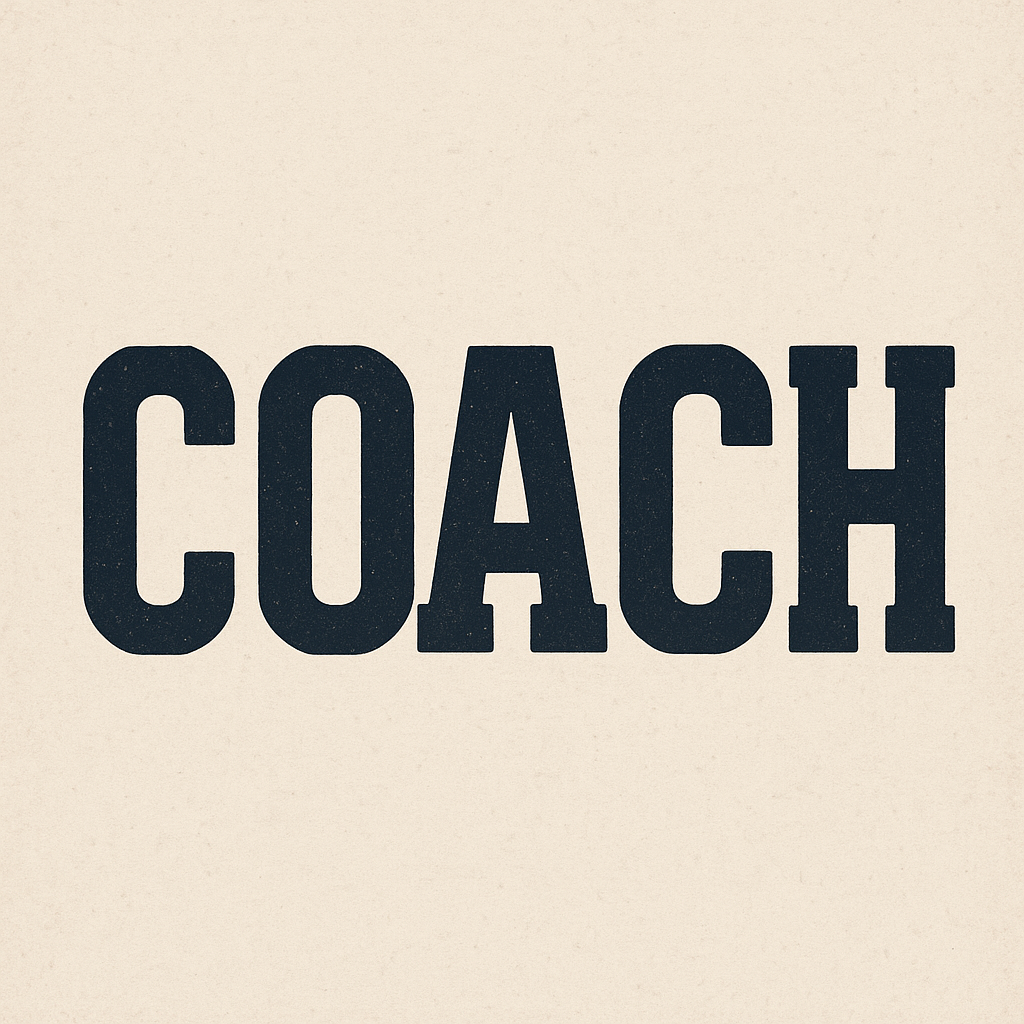From travel fields to school pride: shaping athletes for college and beyond.

In today’s world of youth athletics, one debate comes up again and again: which matters more, travel sports or high school sports? The truth is, both are important — just in different ways.
For many athletes, travel ball is their preferred sport and the one they commit to year-round. A girl who plays travel softball, for instance, is sharpening her skills against elite competition, gaining exposure, and chasing long-term goals. But when she plays high school softball, her talent shouldn’t diminish the value of a teammate whose main sport is volleyball — and vice versa. Every athlete brings something unique to the field, regardless of where their primary focus lies.
That’s why coaching matters. Too often, high school programs lean on the kids who play travel sports, letting their experience carry the team. It makes the season easier to manage, but that’s not coaching. Coaching means teaching all the athletes — not just the ones who already put in extra hours.
Another piece of the puzzle: kids shouldn’t be single-sport minded. Playing multiple sports and learning from different coaches is one of the best ways for athletes to grow. A volleyball player who also plays softball develops footwork, timing, and body control in ways that carry over. A basketball player who runs track builds speed and endurance that pays off everywhere. Exposure to different coaching styles teaches adaptability, resilience, and how to thrive in different environments. These lessons make athletes not only more versatile, but often less prone to burnout and injury.
And here’s something parents and athletes need to hear: college recruiters notice this. Many college coaches actually prefer multi-sport athletes because it shows versatility, athletic IQ, and the ability to adapt to different roles. It also signals that the athlete isn’t worn down by year-round specialization, but instead has a broader skill set and a healthier approach to long-term development.
Travel ball and high school ball serve different purposes, but they complement one another. Travel develops refined skills and drives competition at the highest level. High school builds school pride, community connection, and the ability to compete for something bigger than yourself. Multi-sport experiences weave the two together, producing well-rounded athletes who are more attractive to recruiters, more resilient in competition, and better prepared for life beyond the game.
At the end of the day, it’s not about making a coach’s job easier — it’s about making kids better. And that requires investing in every athlete, valuing every sport, and embracing the benefits of a multi-sport journey.


